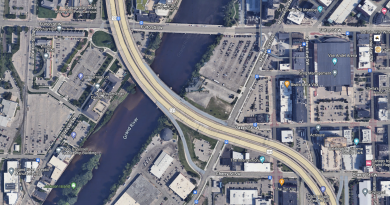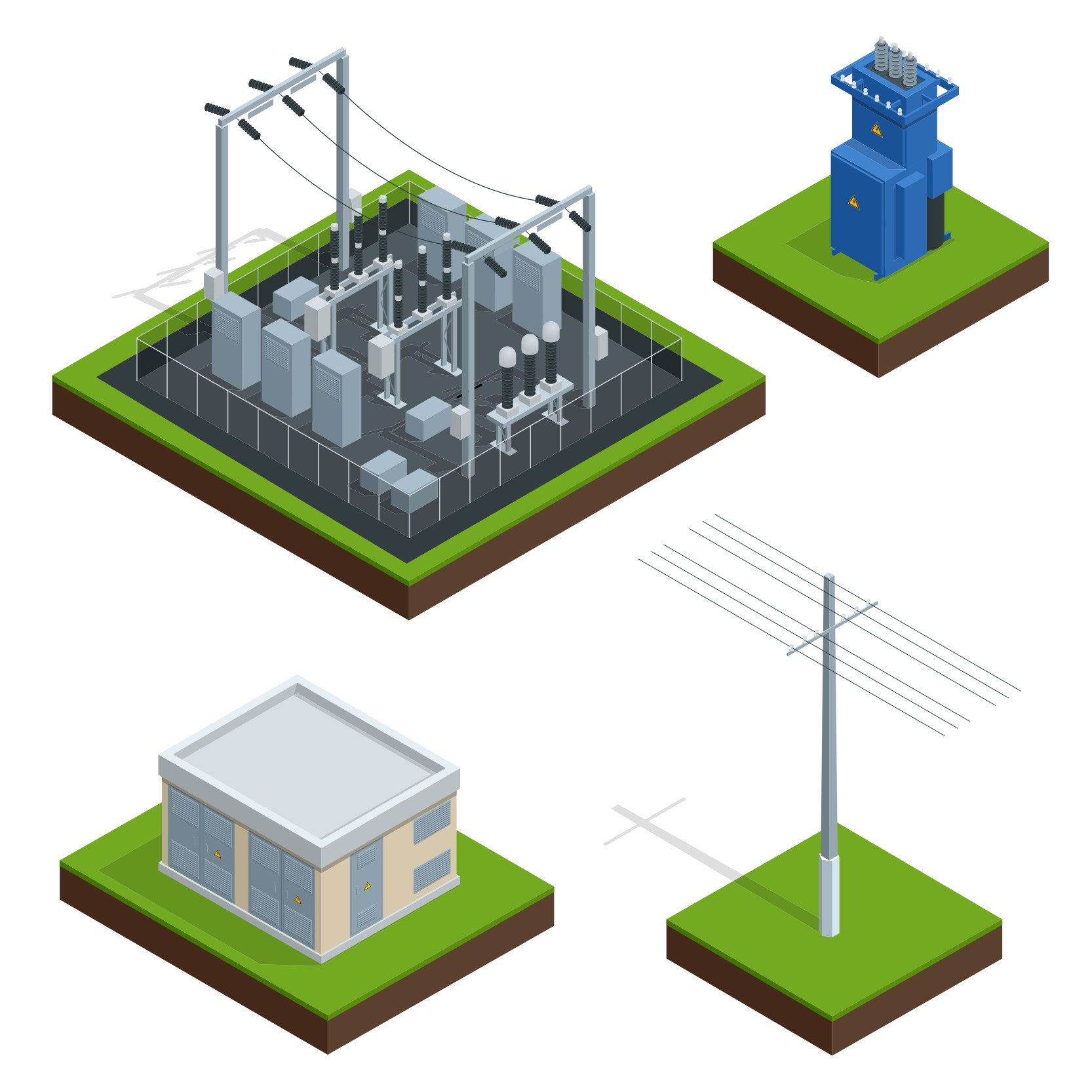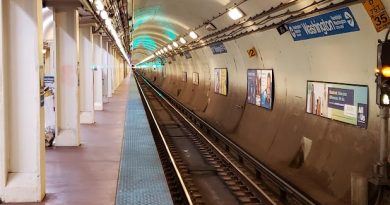In The Fight Against Highway Widening, Advocacy Works.
MLive reported yesterday that MDOT’s long-touted plan to widen US-23 for the sake of widening US-23 is officially dead. Proposals that included the addition of a new travel lane, a new HOV lane, and a “flex shoulder lane system” (whatever that is) have all reportedly been discarded in favor of alternatives that include a better nonmotorized transportation route and, potentially, a dedicated transit lane.

Some lessons learned:
Organizing Works
It is possible to organize community support through many avenues. In this case, the US-23 project relied on a combination of support from municipal stakeholders, advocacy from citizens and volunteers (who amassed a huge petition opposing the expansion), and additional support from professional and technical advocates proposing alternatives. As we must frequently answer questions that society asks us, like, “what can one person to do to stop something?” the Ann Arbor city council, in voting unanimously in favor of a resolution opposing the expansion (even though the council has no direct jurisdiction over the management or funding of US-23), shows that it can be done. Even against a legendarily orthodox, regressive agency like MDOT.

Provide Alternatives, Provide Proof
A colleague of mine once said that it’s not enough for advocates to say “no” to something– that we must also say “yes” to a better alternative. This differentiates NIMBYs from solution-seekers. In this case, MDOT’s “preferred solutions” encouraged advocates to think about what they’d prefer to a wider highway. We don’t need 3-4 lanes, we can do with two lanes– especially if we add transit connectivity along this route and encourage alternative forms of transportation. One key point in the opposition was the factual reality that adding lanes is unlikely to decrease VMT, which is a key objective of city council in the quest toward decarbonization and reducing reliance on single-occupant vehicles.
Numerous other major thoroughfare redesigns are in the works. MDOT will be widening I-75 and I-94, but in the decades that it will take to complete these, we hope that the state will have discovered many more solutions other than just building more roadway that it frankly can’t afford to maintain. The Gratiot Avenue redesign and the Michigan Avenue redesign are two projects that are currently underway, both of which will substantially revamp two of Detroit’s major axial thoroughfares. The silver lining to Detroit’s staggering population decline in the past 60 years is the fact that MDOT is finally presented with lower ADT/VMT numbers that will allow it to conceive options to build, say, a street with two or four travel lanes rather than one with seven lanes. This also allows us to consider ample ranges of other options like bike lanes and bus lanes.
Onward!




